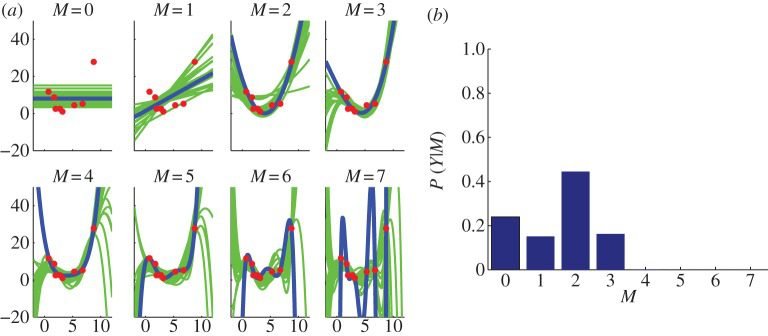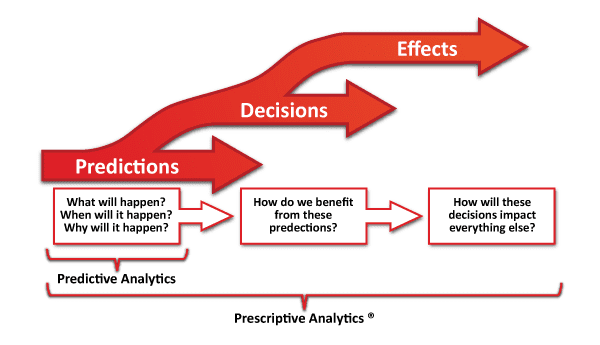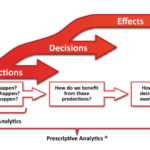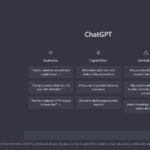Predicting customer lifetime value (LTV) is one of the most critical indicators of success for any business. By understanding and forecasting LTV, businesses can make more informed decisions on everything from pricing to marketing strategies. But creating an accurate model can be tricky. In this blog post, we’ll walk you through creating a pLTV model that forecasts customer behavior. So, whether you’re just starting with LTV or looking to improve your current model, read on for some helpful tips!
Define your goals for the model – what are you trying to predict or understand?
Having clearly defined goals is critical to developing a successful LTV predictive model. Modeling LTV provides marketers with invaluable insight into how much value each customer brings to their business. With this data, businesses can then make informed decisions about acquisition, pricing, and campaigns. For example, you could use pLTV to prioritize customers in the live chat queue. LTV modeling also allows stakeholders to understand costs associated with acquiring customers and retainment efforts, helping to optimize resources for maximum return on investment. A systematic approach to understanding LTV through modeling helps companies optimize operations for sustainable growth and success.
Gather data
Gathering data has become an increasingly important part of any business and a proven indicator of success. LTV (Lifetime Value) measures the total revenue that customers generate and can be used to predict LTV accurately by analyzing historical customer behavior. This helps us understand customer journeys, which products customers are most interested in, when they are most likely to purchase, and more – all critical parts of helping them feel valued and understood. With the correct data, we can make informed decisions about product and marketing campaigns and an even overall approach.
Develop assumptions
Developing assumptions can effectively model potential customer behavior without the need for cumbersome empirical data. For example, pLTV (predicted lifetime value) is a tool companies use to model customer behavior in anticipation of future sales. pLTV provides realistic scenarios that can be used as a guide when deciding how to serve customers best. Using pLTV and other assumptions, businesses can make sound decisions about which customers are most valuable to their business and prioritize them accordingly. This enables companies to create customer segmentation and customer tiering and target customers with the highest possible impact on their bottom line while still offering quality services and products that other customers may need. With the correct assumptions, businesses can accurately identify their ideal customers and make informed decisions about how best to serve them.
Use a statistical model to estimate the probability of conversion and predict lifetime value
Utilizing a statistical model to estimate the probability of conversion and predict lifetime value is essential for many businesses in understanding their customer journey. Such models allow companies to measure their success or failure in achieving conversion goals better. Moreover, by predicting the future value of customers, businesses can gain insight into how to build better relationships with those customers, increasing immediate and long-term profits.
Statistical models are so powerful that they can accurately identify key patterns in customer data, allowing companies to devise precise and effective strategies that drive more conversions and improve customer relationships. Overall, using a statistical model to understand the probability of converting customers and predict their future lifetime value is an invaluable tool for any company looking to increase profits and create loyalty among their customers.
Stress test your model by running simulations and backtesting
Simulating and backtesting your model is essential to stress testing its accuracy. With pLTV, you need determine how accurately your model works under certain scenarios, such as during a crisis or changed market conditions.

Simulations can tell you the pLTV’s limiting performance, permitting you to adjust course if required. In addition, running simulations on past data and comparing them with outcomes from the backtest will give you a good idea of how close your forecasted numbers are to reality. Ultimately, there is no substitute for taking the time to adequately stress test your model by running simulations and backtesting.
To test the accuracy of a pLTV: (predicted lifetime value) model, you can use a holdout dataset. This dataset should be set aside and not used during the training of the model. Once the model has been trained, you can use this holdout dataset to evaluate its performance by comparing the predicted lifetime values to the actual lifetime values. You can also use metrics such as Mean Absolute Error (MAE), Mean Squared Error (MSE), and R-squared to evaluate the model’s accuracy. Additionally, you can use cross-validation techniques to get a better estimate of the model’s performance on unseen data.
Refine your model
Refining your model is a crucial step in achieving pLTV success. This process of refining involves tweaking and adjusting the model to increase accuracy. It’s essential to regularly check the pLTV metrics that are produced, as they can inform you where your model may need adjustment to predict pLTV performance better. Regularly monitoring pLTV metrics and refining your pLTV model is the best way to ensure optimal pLTV results. A well-refined pLTV model can lead to high pLTV levels, increased customer lifetime value, and greater profitability for your business.
To create a pLTV (predicted lifetime value) model, you will need to gather data on your customers and their purchase behavior. This can include information such as purchase history, demographics, and engagement with your brand. Once you have this data, you can use various statistical and machine learning techniques to build a predictive model that estimates the future value of a customer to your business. Some common methods for creating a pLTV model include decision trees, random forests, and gradient boosting. You can also use neural networks or other deep learning techniques if you have a large amount of data. Once your model is trained, you can use it to predict the lifetime value of new customers and target your marketing and retention efforts accordingly.
Which tools to use
Several tools can help create a predicted lifetime value model, including:
- Excel or Google Sheets: These are basic spreadsheet programs that can be used to organize and analyze customer data to create a pLTV model.
- R or Python: These programming languages have a wide range of libraries and packages, such as Tidyverse, pandas, numpy and scikit-learn, that can be used for data analysis and modeling.
- SQL: SQL can extract and manipulate data from a database, which can then be used to create a pLTV model.
- Business Intelligence (BI) tools: tools such as Tableau, Looker, or Power BI can visualize and analyze customer data to create a pLTV model.
- Machine learning platforms: Machine learning platforms such as RapidMiner, DataRobot, or H2O.ai can be used to create and deploy predictive models, including pLTV models.
Building a pLTV model in Google Sheets
Here’s an example of a very simple pLTV model that anyone can make in Google Sheets without any technical skills:
- Gather data on your customer’s purchase history, including the date of each purchase and the revenue associated with that purchase.
- Create a new sheet in Google Sheets and input the data from step 1 into the sheet.
- Create a column for the “customer lifetime” by using the formula =MAX(date of purchase)-MIN(date of purchase) for each customer.
- Create a “customer lifetime value” column using the formula =SUM(revenue) for each customer.
- Create a column for the “predicted lifetime value” using the formula =(customer lifetime value/customer lifetime)*average purchase frequency.
- Create a graph or chart to visualize each customer’s data and the predicted lifetime value.
Note: pLTV is a prediction that can be affected by many factors, such as customer behavior, market trends and the company’s strategy.
How to build a pLTV model in Python
For a more sophisticared model you could use Python. Here are the steps to create a pLTV model in Python:
- Acquire and prepare data: Collect data on customer behavior and transactions and prepare the data for analysis. This may involve cleaning, transforming, and aggregating the data.
- Split the data into training and testing sets: Divide your data into two sets, one for training the model and one for testing its accuracy.
- Choose a machine learning algorithm: There are several algorithms that can be used to predict LTV, including linear regression, decision trees, and random forests. Choose the algorithm that best suits your data and goals.
- Train the model: Use the training data to train the chosen algorithm. This involves fitting the model to the data and adjusting its parameters to minimize the prediction error.
- Evaluate the model: Use the testing data to evaluate the accuracy of the model. Calculate the prediction error and determine if the model is accurate enough for your purposes.
- Make predictions: Use the trained model to make predictions on new customer data.
- Validate and refine the model: Continue to validate the model and refine it as needed to improve its accuracy.
Here is an example code to implement pLTV using linear regression in Python:
import pandas as pd
import numpy as np
from sklearn.linear_model import LinearRegression
from sklearn.model_selection import train_test_split
# Load the data
data = pd.read_csv("customer_data.csv")
# Prepare the data
X = data.iloc[:, :-1].values
y = data.iloc[:, -1].values
# Split the data into training and testing sets
X_train, X_test, y_train, y_test = train_test_split(X, y, test_size=0.2)
# Train the model
regressor = LinearRegression()
regressor.fit(X_train, y_train)
# Make predictions
y_pred = regressor.predict(X_test)
# Evaluate the model
error = np.mean((y_pred - y_test)**2)
print("Prediction error:", error)
Note that this is just a basic example, and the code will vary depending on the specifics of your data and goals.
It’s important to note that while these tools can help create a pLTV model, it’s also essential to have a solid understanding of statistical modeling and machine learning techniques to use them effectively.












